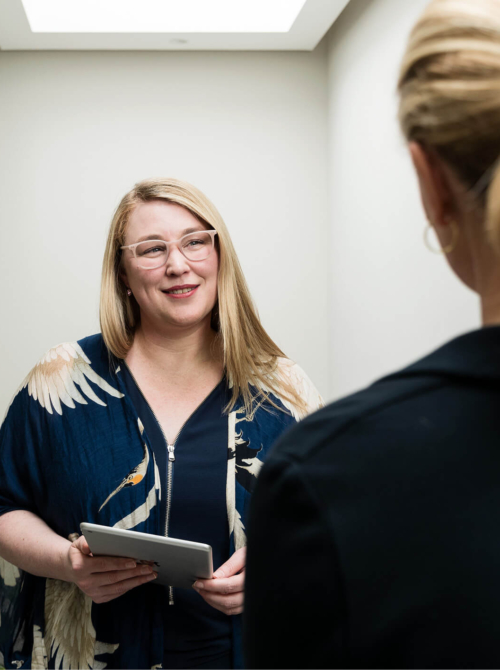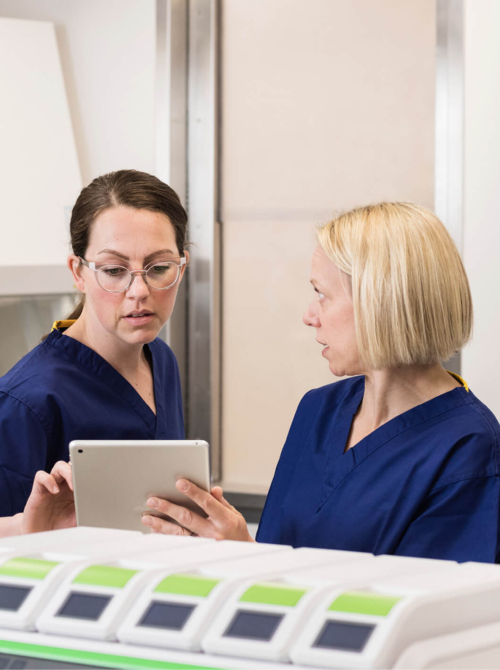What is secondary infertility?
Secondary infertility may come as a surprise to some people and therefore may be a stressful experience. Unfortunately, a stigma can also be carried with secondary infertility, resulting in less support given, as the couple may already have a child. However, it can still be a painful experience and the longing for another child can be present, which means it should be handled with the same sensitivity and support.
What is secondary infertility?
Secondary infertility is when a couple is unable to get pregnant or carry a baby full term after having previously been pregnant. Secondary infertility is just as common as primary infertility and is only classified as such if the previous pregnancy has occurred without fertility aid i.e. medication or treatment (such as IVF). Secondary infertility differs from primary infertility, as primary infertility is where a couple has never been able to conceive.
Secondary infertility causes
There are hundreds of steps and factors that make up the reproductive system, so like primary infertility, the causes of secondary infertility will occur when one of these is disrupted.
Possible causes of secondary infertility include:
– Issues with sperm production, quality or delivery
– Fallopian tube damage
– Ovulation issues such as polycystic ovary syndrome
– Endometriosis
– Fibroids
– Complications from previous pregnancy such as caesarean scarring
– Recurrent miscarriage
– Age-related issues
– Other health complications that occurred after the first child
– Trying to conceive with a different partner
– Underlying fertility problem that has worsened
– Gained weight, read our article on weight and fertility here
Although, like primary fertility sometimes the reason for secondary infertility is ‘unexplained’. Find out more about unexplained infertility here.
When to seek help?
For those under 35, if you are having frequent, unprotected sex and you are still not becoming pregnant after a year you should consider treatment. Please read our article on how to get pregnant naturally here.
If you are over 35 or have other infertility risk factors (such as endometriosis) you should seek help earlier. At The Evewell, we are fertility specialists with 20+ years of experience, we offer a range of fertility treatments and will give you personalised treatment based on your specific needs. If you are concerned about the fertility of you or your partner, please get in touch, you can call us on 020 3974 0950 or email us at appointments@evewell.com.
Secondary infertility testing
The tests for secondary infertility are the same as for primary infertility, it can be important to identify the cause of secondary infertility, as this may affect treatment. Tests include:
– Blood tests for hormone levels
– Ovulation tests
– Sperm tests
– Pelvic exams
– HyCoSy scan to assess the patency of the fallopian tubes
– Tests to view the uterus and cervix in women
– Transvaginal, scrotal, transrectal ultrasound
Secondary infertility treatment
First of all, there are things you can do to increase your fertility naturally, we have more information on increasing female fertility here and increasing male fertility here. However, if after trying to conceive for over a year or have a known cause of infertility, there is a range of fertility treatments available depending on your situation.
Medication
If you have a hormone imbalance or ovulation issues, there are fertility drugs that can help with this.
Minimally invasive surgery
If you suffer from endometriosis, uterine fibroids or uterine scarring, some minimally invasive surgeries can be performed to treat these.
Fertility treatments
IVF for secondary infertility is a very successful option for treatment, discover more about what is IVF here. Other fertility treatments such as IUI or ICSI may be suggested depending on the situation. Please see our range of fertility treatments here.





